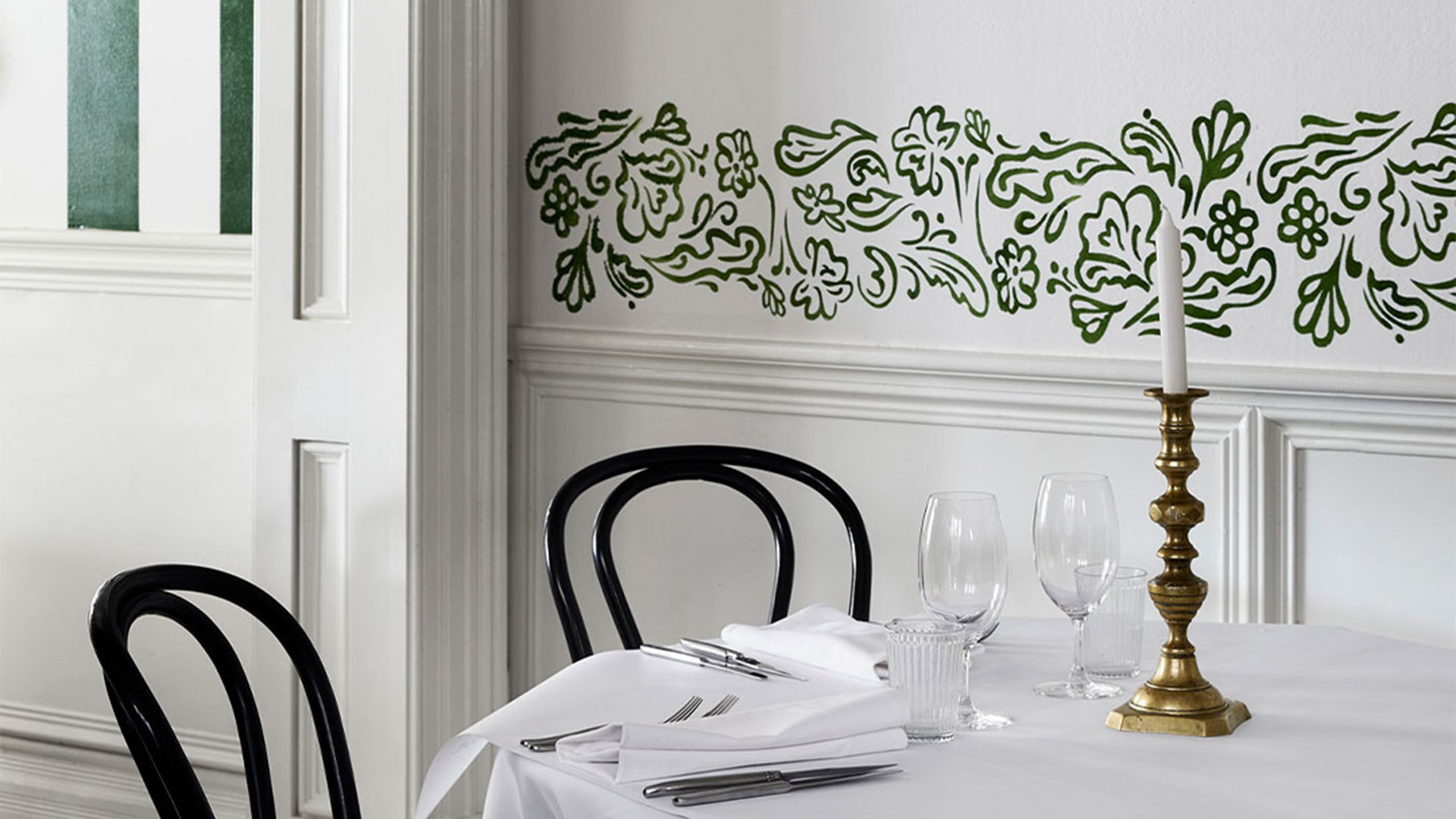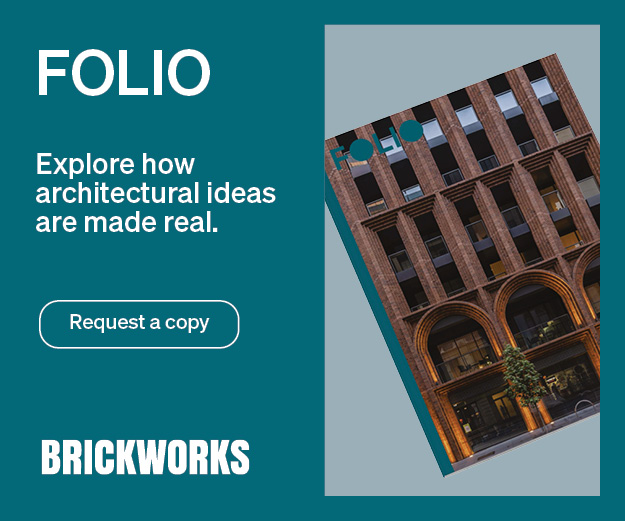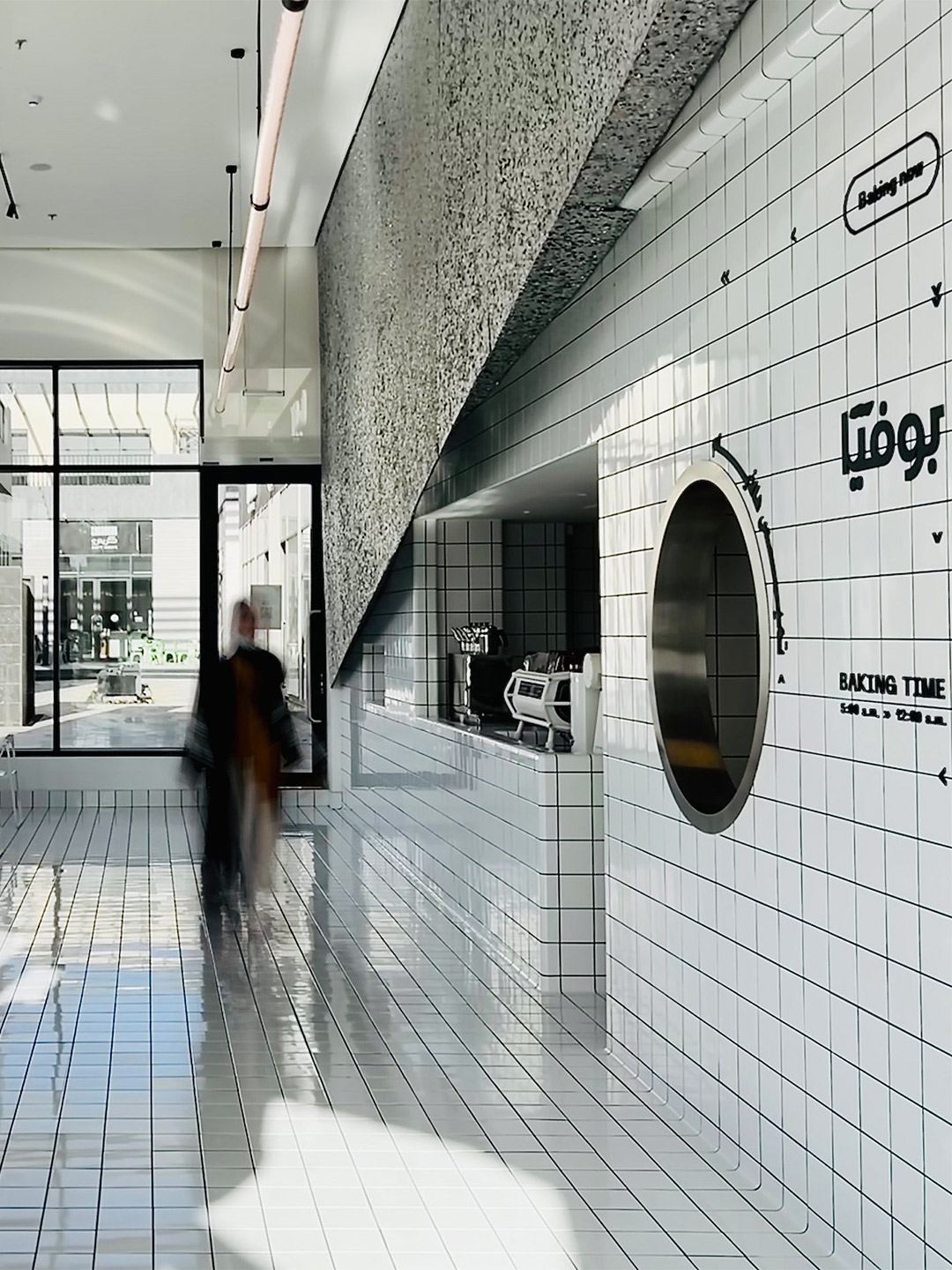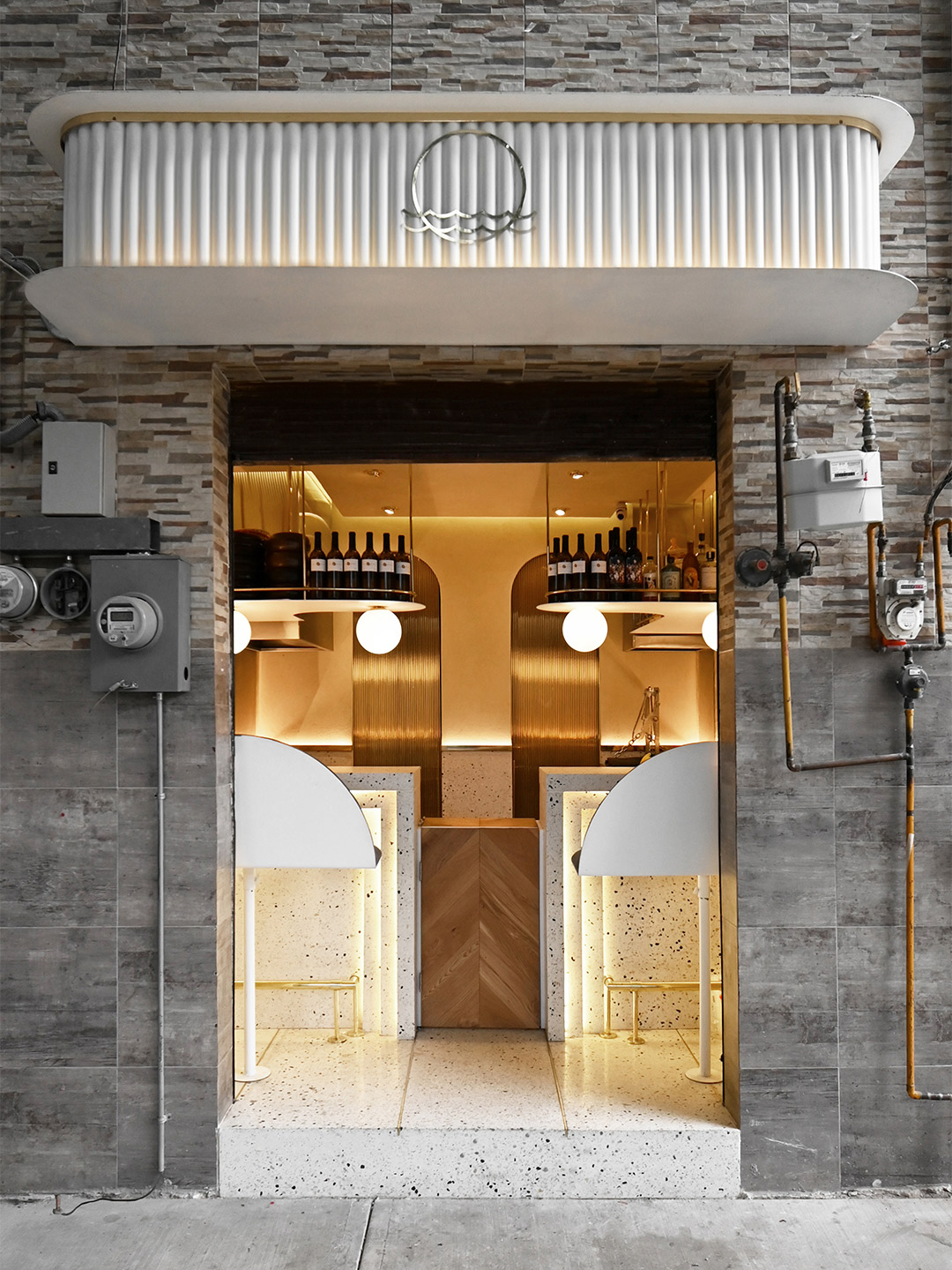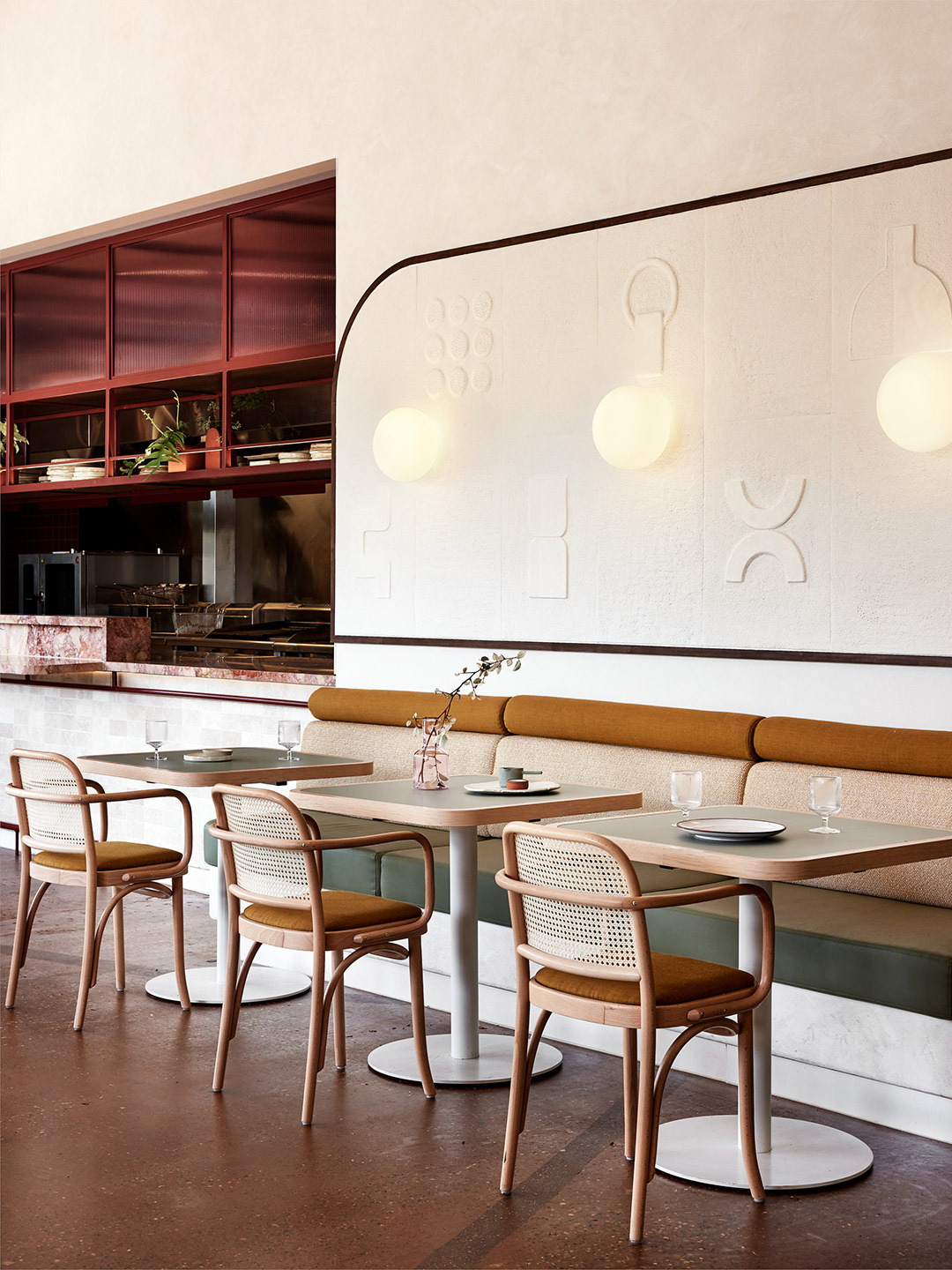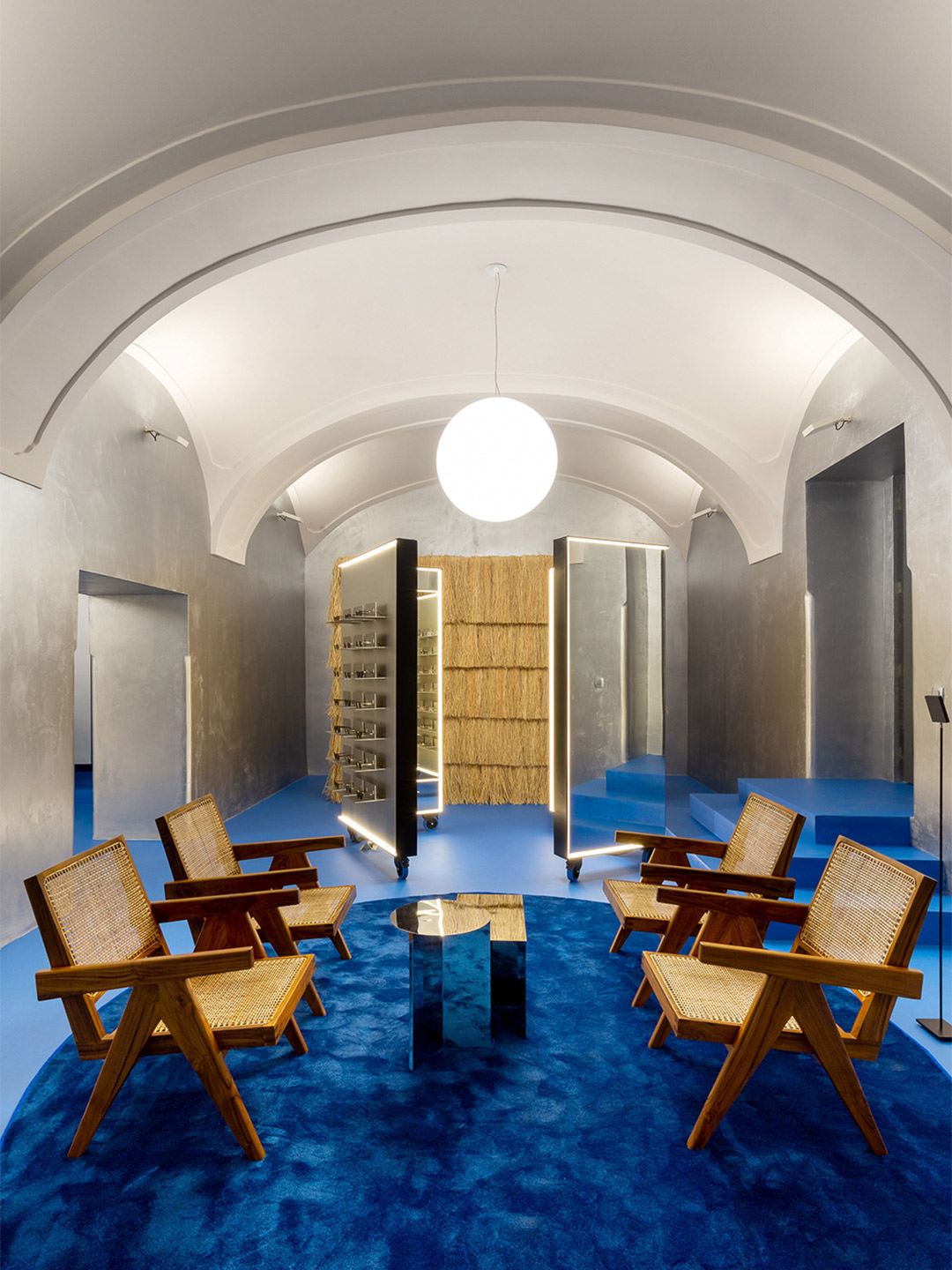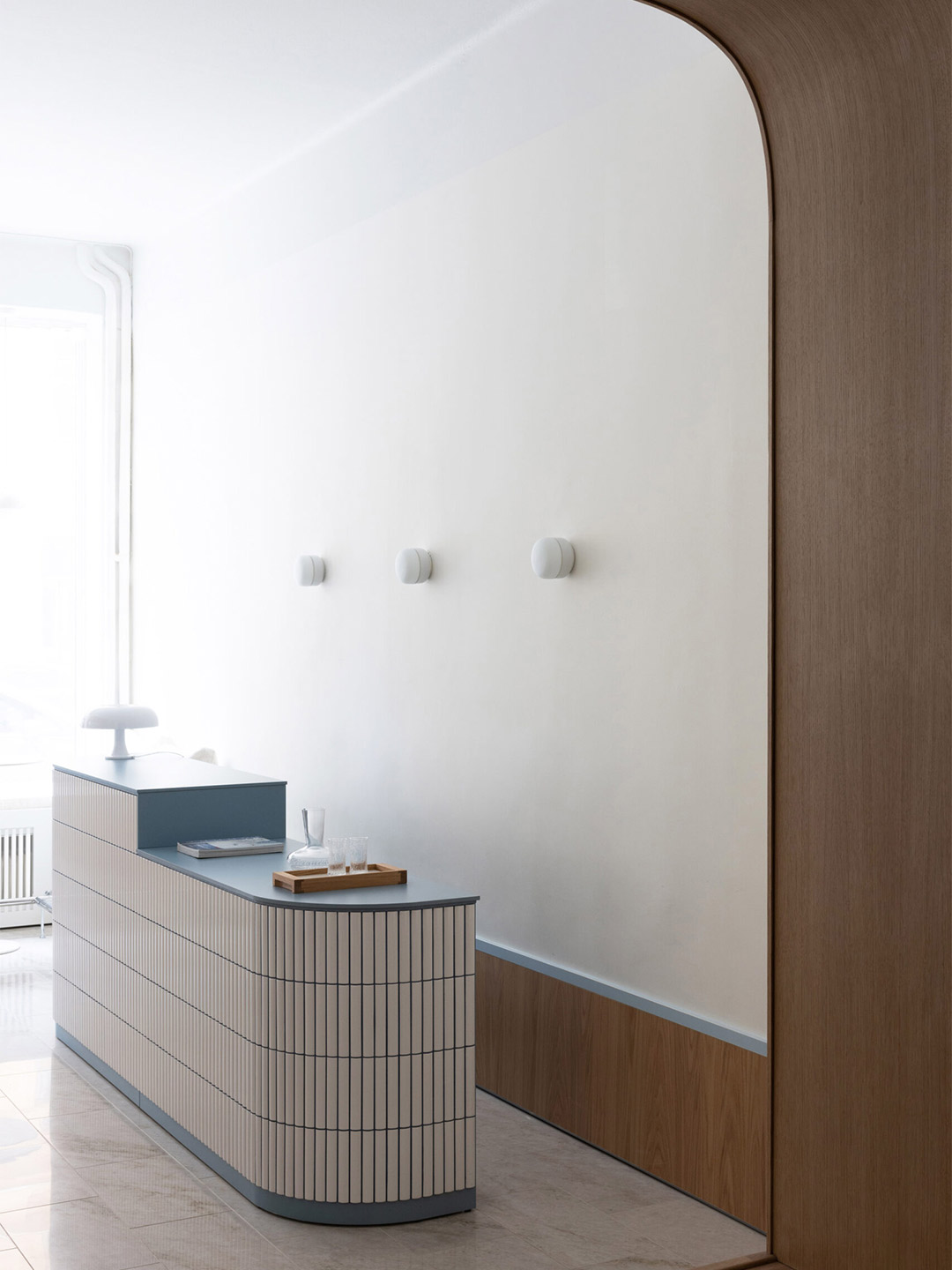Thoughtful, sumptuous spaces are the hallmark of Melbourne-based interior designer Brahman Perera who lavishes the spaces he designs with a theatrical sense of materiality – an approach which adds to both the storytelling within his work and to the experience of those who step into his altogether dazzling world.
Daily Architecture News caught up with Brahman to hear more about his creative influences, his career highlights so far and which over-the-top outfit has made his most-wanted list. Read on.

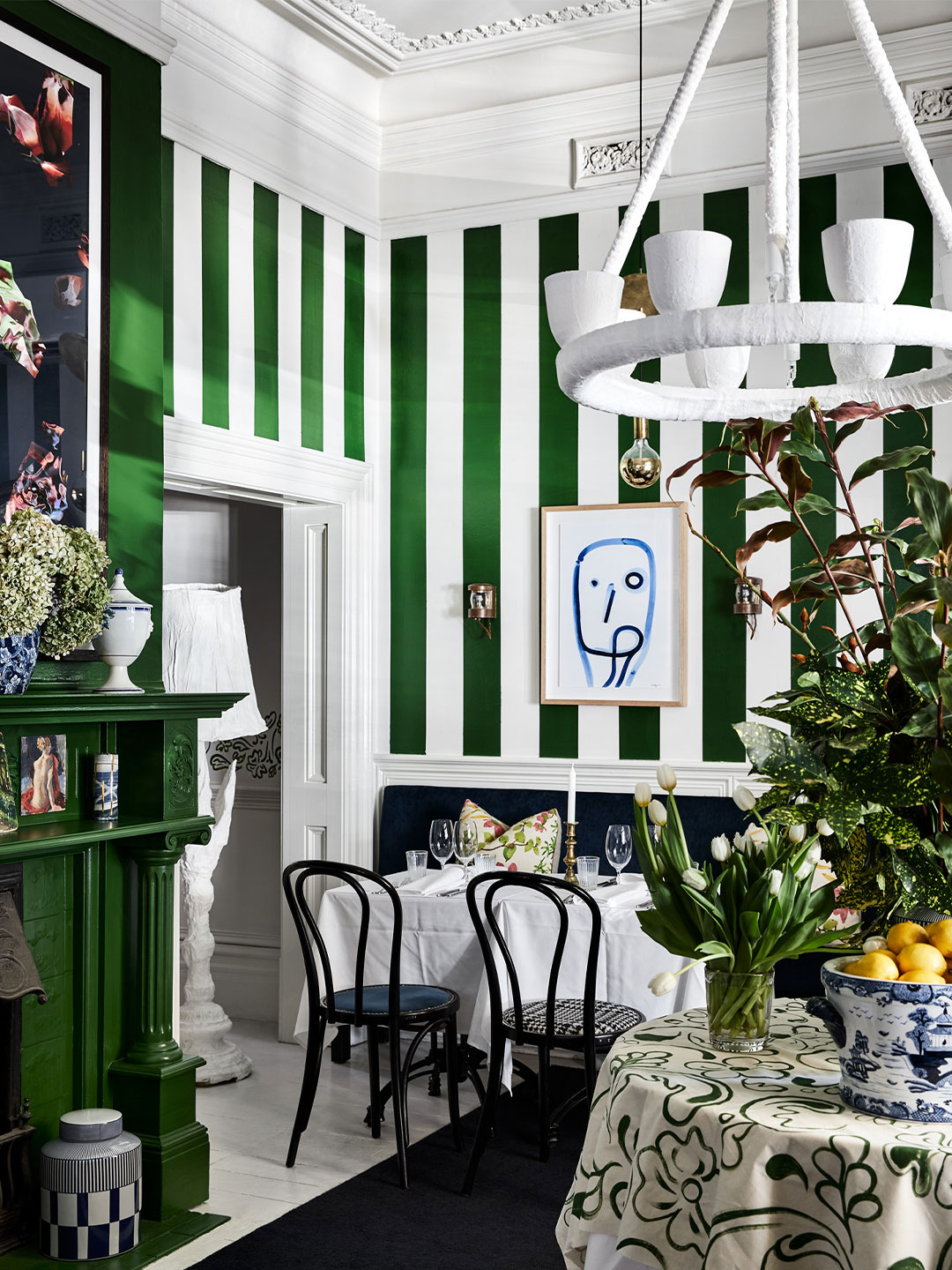
DAN: Can you tell us about yourself, your practice and your approach to design?
Brahman Perera: I am an inter-disciplinary designer with experience across interiors, architecture, fashion and lighting design. My work canvasses residential, hospitality, workplace, multi-residential and hotel design, and consistently seeks to balance sentimentality and intent, beauty and functionality. A highly personal approach is at the heart of my practice. I take a collective approach to design, drawing on the intellect and experiences of all participants to deliver thoughtful projects of great sincerity.

DAN: What is a current or ongoing source of creative inspiration for you?
BP: Fashion, art and travel are my greatest sources of creative inspiration. Lately, my composition of colour and pattern has largely been driven by fashion design and photography – not just the finished garments, but in the experimental sketches and technical drawings, as well as the final composition of a fashion photograph. Currently on my desk are two books, one on Kenzō Takada filled with hand-coloured sketches of colourful, ethnic and nomadic-influenced collections.
The other is a collection of Cecil Beaton photographs. The sumptuous fabric of curtains and gowns are sculpted against incredible architectural elements that reference a specific moment in history. The combination of these two references often takes hold in my mind and is translated in my interior compositions. I always seek to draw on atypical precedents to give unexpected detail and reference points in my work. I consistently avoid steadfast trends in favour of exploring my own curiosities.

DAN: Career highlight so far?
BP: The opening of Stamford Park in 2019 was a personal and professional milestone. The project thoughtfully restores a historic homestead, binding together time-honoured furnishings, contemporary art and signature design interventions: a curated place of hospitality, serenity and celebration. It has been extremely gratifying to see the project embraced by both the interior design and hospitality worlds. Indeed, for any compelling contemporary proposition to survive in this current climate it is imperative that both these criteria be satisfied, and give effortlessly to each other.

DAN: Has the covid-19 pandemic impacted the way you work or approach design?
BP: In design, there is a heavy focus on visual imagery that often clouds the consideration of our remaining senses. I think the pandemic has shifted the focus of design in a positive way, reminding us that spaces are to be lived in, not just looked at. It’s a timely reminder that interiors always frame our lived experiences, and in order to be enlivened, we must engage our other senses.

DAN: What are the most covetable pieces for you at the moment?
BP: Most people know I love to whip out an odd outfit from time to time – high on my acquisition list is a voluminous, quilted silver-foil bridal coat by emerging Australian designer Domenic Roylance from his graduate collection. It’s almost ridiculous, but it reminds me of a scene from one of my favourite movies Orlando where the garments are so large that it changes the way you need to navigate yourself through a room: slowly, and very, very carefully.
Many of us [designers], of course, covet Jahnne Pasco-White’s sculptural paintings – I love the tapestry quality they have, and the layers upon layers of her own thoughts and ideals that translate onto the canvas.
Finally, when the time (and space!) is just right, it will be time for a Brionvega Radiofonografo record player. I love collecting vintage vinyl from op-shops and vintage stores – it’s like a time-warp flipping through and finding gems that other people have loved.

DAN: What project are you most looking forward to in the future?
BP: I’m currently developing a collection of custom furniture and lighting pieces reflecting my interest in materiality and making. I’m excited to work intuitively, experimenting with new materials and forms in a visceral way.

DAN: Sky’s the limit: what’s a dream project for you?
BP: I have always dreamt of working on an installation for the ballet or theatre. I can imagine fashion and music coming together with a fine, textural and layered landscape as the setting. This thinking could also be applied to a hotel, where hospitality, retail, wellness and residential design could come together, overlaid with a tailored approach to music and fashion.

DAN: Finally, design-related or otherwise, can you tell us something we probably don’t know about you?
BP: I’m incredibly resourceful. Many of my projects combine locally sourced reclaimed furniture and found objects from estate sales, auction house and second-hand retailers. It imbues space with character and charm, and encourages visitors to linger and dwell on memories from their own lives. Of course, that also feeds into my own personal obsession with collecting – in my case, vintage dinner sets. My obsession is only for odd and prescriptive crockery, for oysters or asparagus… my most recent purchase is a full set of Shorter & Sons Bizarre Fisherware from the 1920s in pale yellow with green fins. These ridiculous pieces are perhaps one of my more practical sets, but I can’t bring myself to ever use them. I just like to look at them from time to time.
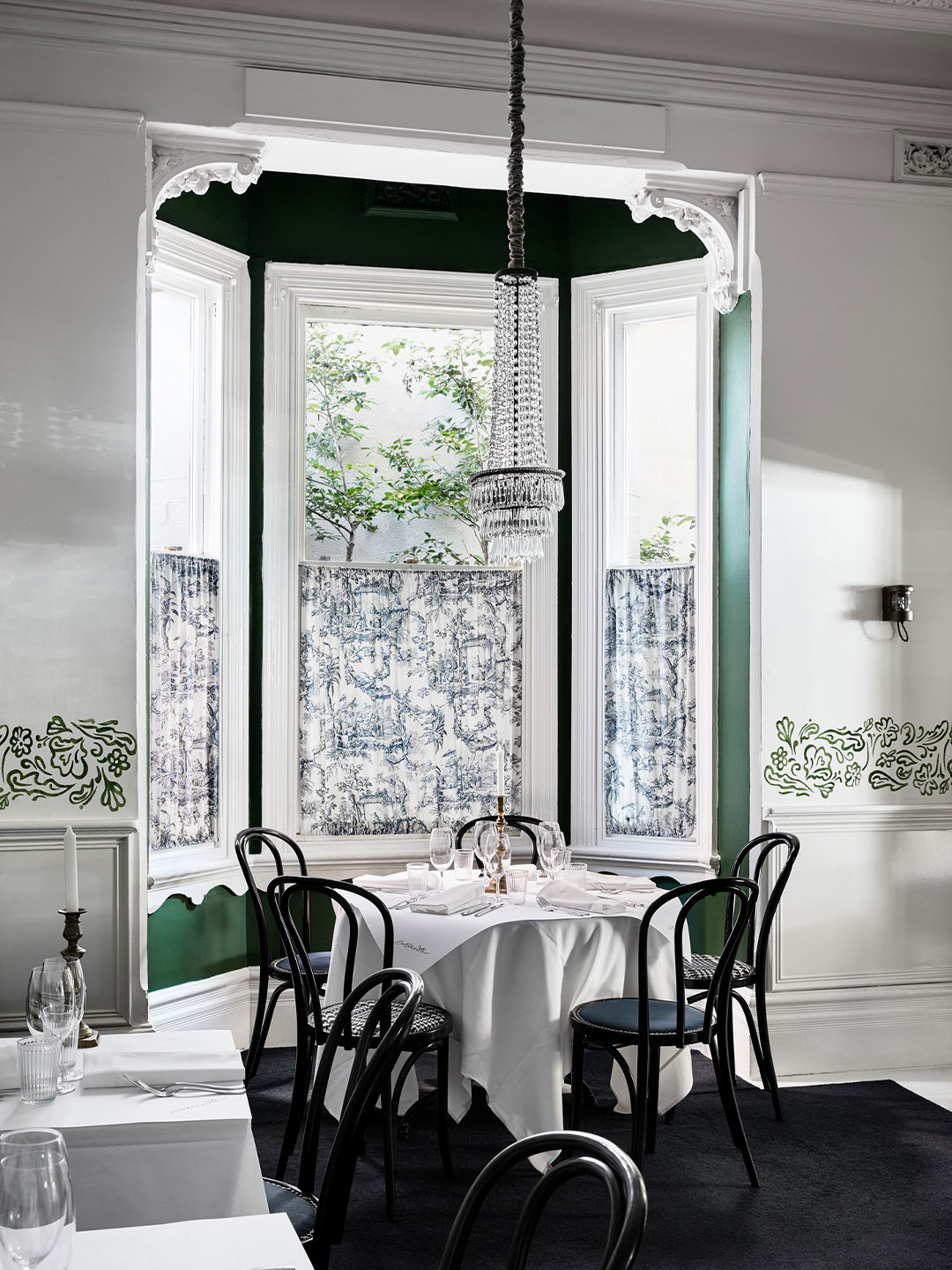


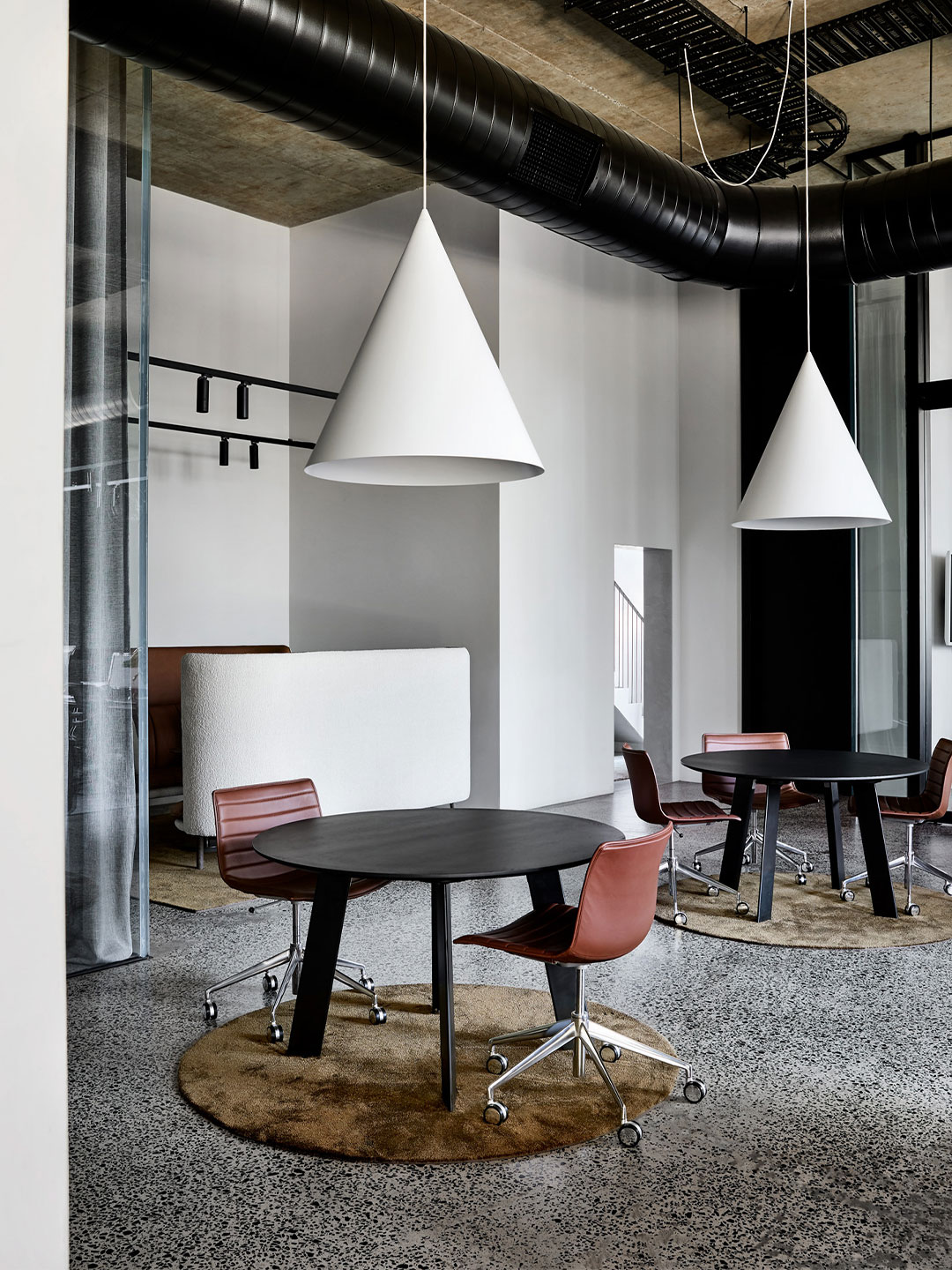
Follow Brahman Perera on Instagram.
